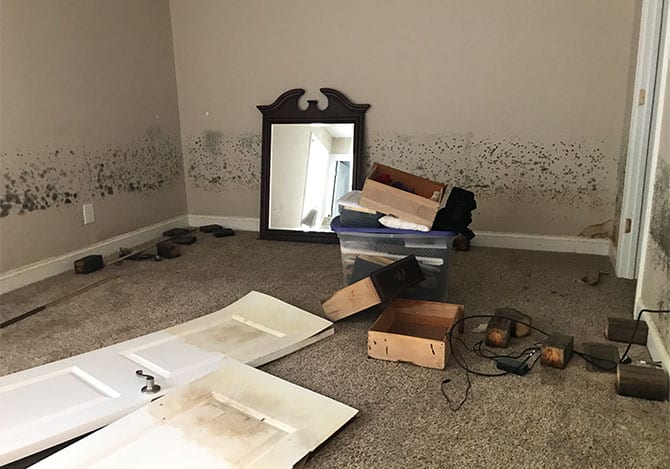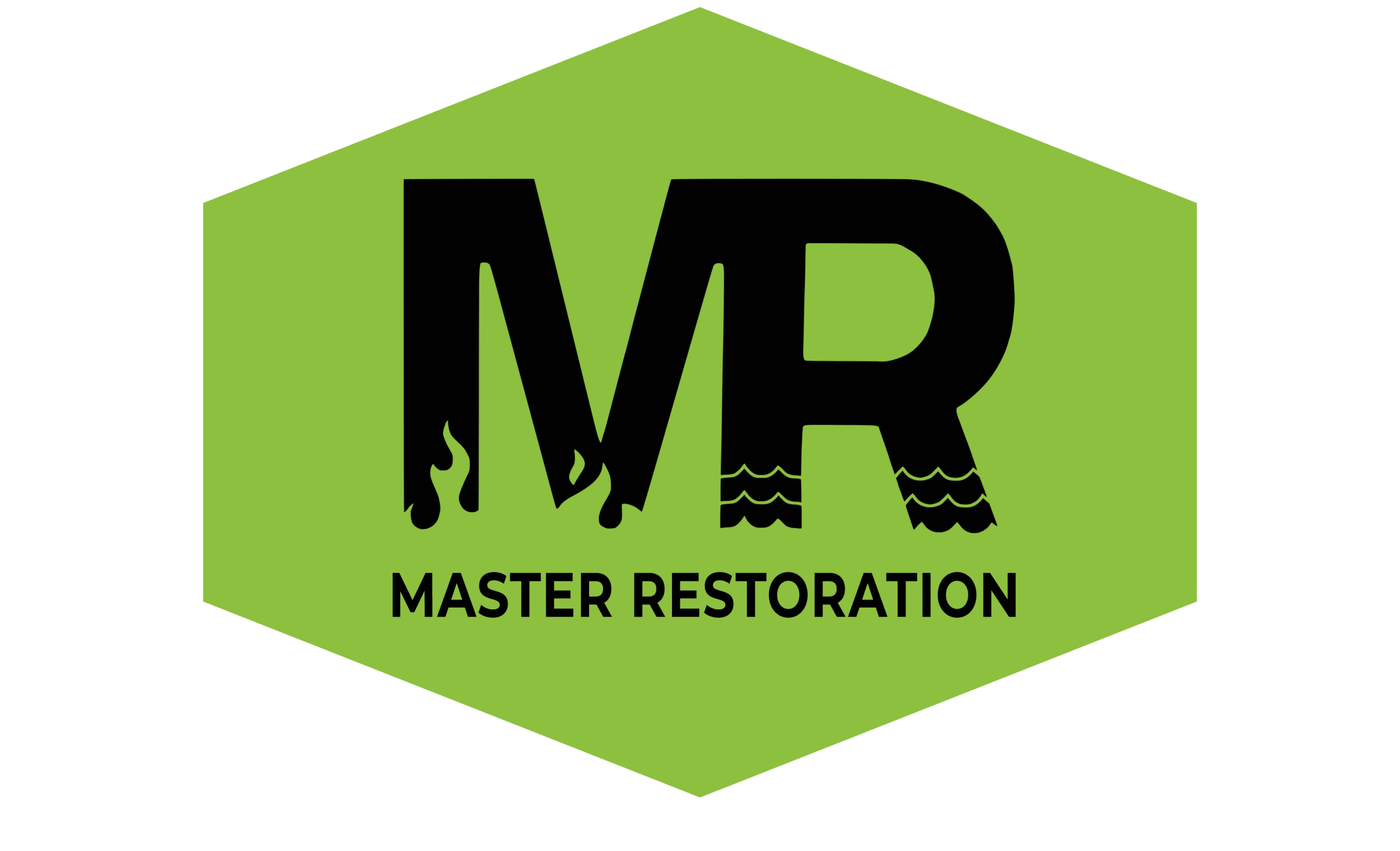
4 Tips to Speed Up the Flood Damage Cleanup Process!
Floods can do significant damage to homes. Indoor floods are inconvenient and may be caused by various elements, such as a burst water pipe, clogged drains, leaky water heater, or blocked gutters or downspouts. Flooding may also occur due to natural disasters, such as heavy rains, hurricanes, or river overflows. Whatever the reason is, indoor floors scream costly repairs, damaged possessions, and rotten building structures.
When an indoor flood happens, all you want to do is to speed up the flood recovery process. Indeed, the cleanup is time-consuming, but there are ways you can make the process a bit faster. Here’s how:
1. Do a Property Inspection First
Before you enter a flooded home, it’s important you ensure it’s safe first. It’s essential to note that a flooded building is dangerous because there may be cracks in the foundation, gas leaks, chemical spills, and downed power lines, which are safety hazards a homeowner will face. That’s why a thorough home inspection before you enter a flooded property is crucial.
2. Shut Down the Electricity
Electricity and water don’t mix; therefore, make sure to shut down the electricity before you step into the water. By doing so, you cut the risk of being electrically shocked.
3. Find the Cause
When the indoor flooding isn’t due to a natural disaster, then it’s coming from an indoor source. Check the toilet or bathtubs for leaks. If they spew clean water, that means the floodwaters don’t contain contaminants.
Greywater is the second classification of floodwater, which contains soapy chemicals. Typically, it’s not harmful, but minor caution must be practiced.
The most contaminated classification of floodwater is black water, as it contains water-borne pathogens. Coming into contact with blackwater or inhaling its vapors can lead to infections and disease. Therefore, if you’re dealing with this type of floodwater, you need to wear the right gear.
When you have located the leak source, shut off the main water valve. On the other hand, if the water leak is isolated to a specific appliance or plumbing fixture, shut off that appliance’s water supply.
4. Remove Excess Water
Standing water that is a few inches deep can be removed with a bucket and mop. It’s important you’re in protective gear before you extract water. You can use a heavy-duty water pump that can eliminate copious amounts of water.
When you’re done removing excess water, place a dehumidifier in the flooded area to remove moisture from the air. Doing so speeds up the aeration and helps prevent mold colonies from sticking to the damp environment.
After this, make sure to clean and disinfect. Any sheets and drapes that are drenched in floodwaters must be washed in hot water and laundry soap. You should also sanitize utensils, pots, and glassware.
Conclusion
When it comes to cleaning a home with water damage following a flood, consider hiring an expert. Water damage experts know the correct process to clean your property, and it will be done much faster. What you need to do is find a reputable water damage restoration company that will suit your needs.
Master Restoration Idaho offers water damage restoration services in Boise, ID as well as Nampa and Meridian. Backed by decades of experience in water, fire, and mold cleanup, we are committed to providing our clients top-notch work and exceptional service. Contact us today!
